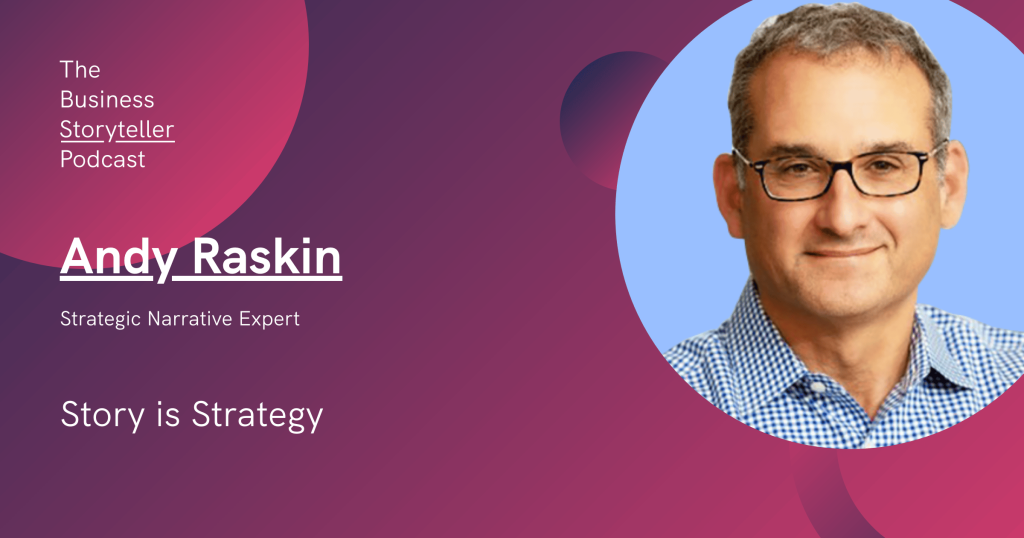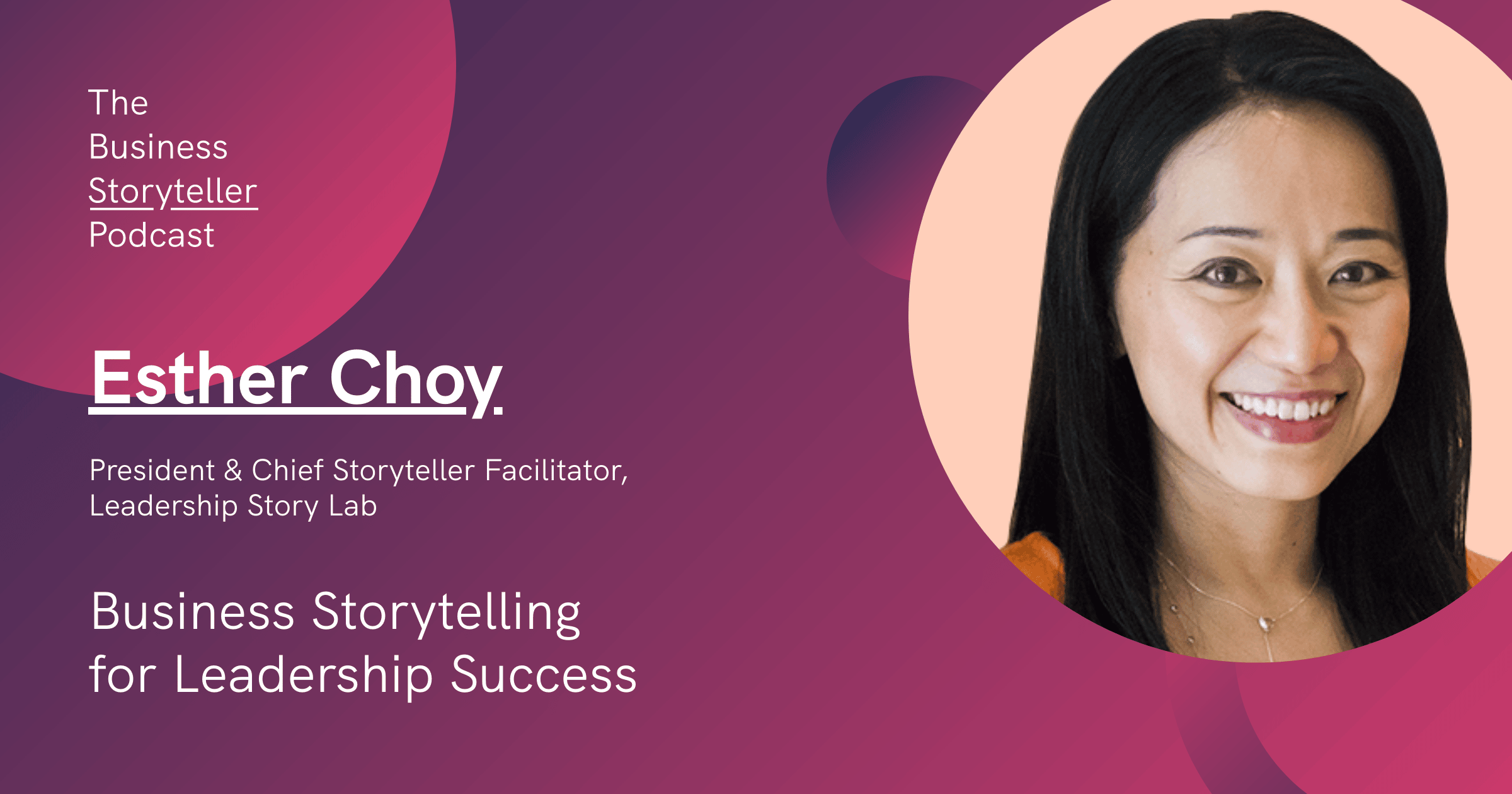So I guess I have two issues with that traditional thing. My view is that great, do all this market research, pricing research, get to know who your customer is, all this stuff, and boil that all down into the strategic narrative. The strategic narrative, if we built it properly is the best way to express your decisions about the things you mentioned, like who the customer is, all this stuff. What I would say is strategic narrative is positioning and I think it’s the ideal format (again sales deck more specifically) to express your positioning decisions. And also by positioning, we’re not only talking about why and how we’re better than competitors. In fact, that’s usually not my focus because I think people are kind of skeptical about claims like that. The bigger focus is why is the status quo narrative a road to ruin, and that’s really the focus. That I think is the more important focus. Talk to salespeople, or even early-stage founders, when they lose deals, what’s the biggest reason? It’s not competitors. It’s that the company just did nothing. They didn’t see it as urgent.



